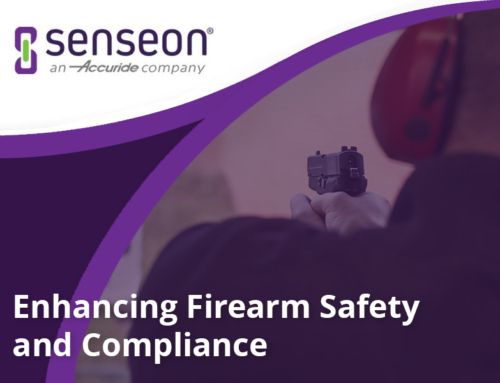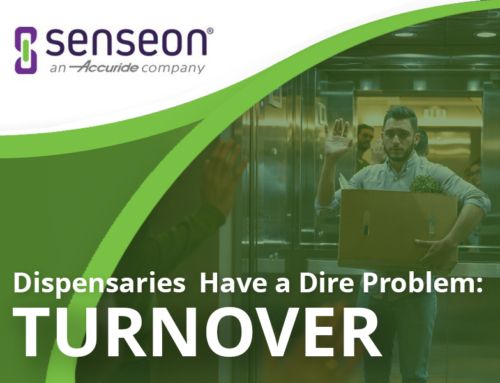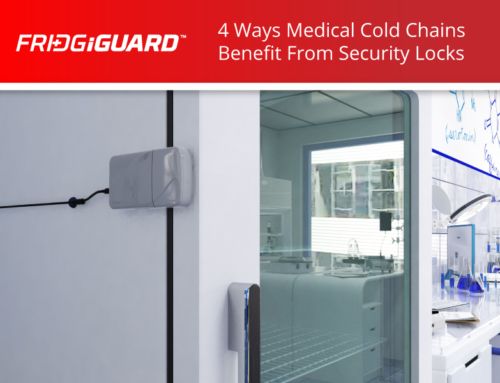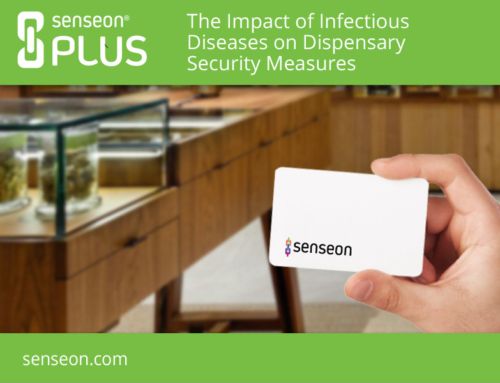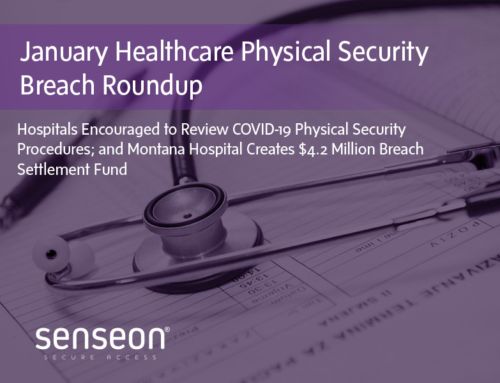Security teams face increased challenges when safeguarding healthcare facilities. Medical offices and hospitals house costly equipment, collect sensitive patient information on computer systems, and welcome a wide variety of individuals through the doors daily.
Healthcare facilities must balance the access requirements of doctors, patients, vendors, contractors, and visitors, while implementing bank-level security measures that protect people, property, and confidential data. Security directors must also abide by strict regulatory requirements to remain in compliance.
HIPAA Requirements
Many industries employ surveillance cameras to secure buildings and provide video evidence of any security irregularities. Healthcare facilities, however, are unable to utilize these security measures in the same manner as other industries. HIPPA laws place rigid restrictions on the use of video footage in healthcare environments, requiring providers to seek alternative ways to secure medical facilities. Privacy laws are in place to regulate security measures by defining different standards for technical, physical, and administrative security. For this reason, providers turn to access control systems as the primary source of security in healthcare buildings.
Here are the top security risks within the healthcare industry as well as how to mitigate these risks:
Physical Security Breaches
Healthcare providers are in the unique position of maintaining an open-door policy for visitors, while strictly monitoring access to protect the premises. Policies must monitor the actions of doctors, nurses, support staff, vendors, patients, and visitors within the facility, making a top-quality electronic access control system essential.
Steps in Mitigating Access Risk
- A centralized management system coordinates credentials for every area of a facility. Employees are able to open doors, clock in and out, access computers, and enter secure areas with a single access control ID badge. Selecting a contact-less access control system utilizing RFID technology can open secure areas without requiring the employee to swipe or touch a reader or lock.
- A visitor ID management system identifies and assigns access credentials to patients, family members, friends, vendors, and others. The registration system must screen visitors, issue badges, and track the movement of all guests. Systems should also issue more durable badges for frequent visitors, long-term visitors, and regular vendors. In addition, hospitals and nursing care facilities need a digital watchlist to identify visitors that do not have authorization to enter the building.
- Access control measures for visiting doctors and healthcare providers ensure those who come to a facility on a rotating basis will have the access they require. Within the industry, it is common for medical staff to regularly rotate among a group of offices and/or clinics. The access control system utilized must have features that accommodate for visiting doctors and healthcare providers.
Asset Protection
In addition to securing entrances and tracking the access of medical staff, patients, and guests, health care providers must also control access to pharmaceuticals and medical equipment. Pharmaceutical drug addiction is a major problem in the United States and creates a serious security risk for the healthcare organizations that store and distribute these prescription medications. Between January and June of 2018, the healthcare industry reported losses from employee theft or misuse of pills at $164 million. Pharmacies and hospitals are the most vulnerable, accounting for 88.8% of all losses within the medical industry, with 22.1% of shrinkage coming from employees.
Protecting Assets
Utilize cabinet-level controls to both restrict and track access to medications. New technologies allow health care providers to control employee access, down to each cabinet or drawer. It is also possible to restrict the use of a cabinet or drawer during certain hours of the day. For instance, a medical practice could limit access to cabinets containing narcotics to registered nurses and could further restrict access to only certain days and hours.
Securing Patient Data
Medical identity theft occurs when someone steals patient data and then uses the information to obtain medical treatments or drugs. Identity theft is increasing and occurs in two primary forms:
- Medical staff fraudulently billing insurance companies and charging patients for services not received.
- Individuals stealing another’s identity to receive medical treatments or prescription drugs.
Both cases create problems for the medical community and the patient. When medical identity theft occurs, patient records contain inaccurate information, which could jeopardize treatments and lead to medical mistakes. For example, a patient could receive medications for an illness they do not have or have an allergic reaction to medications prescribed due to inaccuracies in the patient file.
The Federal Trade Commission reported a 103% increase in medical identity theft cases in 2018. In addition to that, two-thirds of medical identity theft left victims paying an average of $13,500 out of pocket, making it a growing problem for both healthcare providers and consumers.
Steps in Mitigating Patient Data Risk
Without adequate security, patient files and payment data can fall into the wrong hands. The primary cyber security vulnerabilities involve software supply chain attacks, ransomware attacks, and crypto mining attacks through malware. File sharing, using unsecured devices, and downloading malware can all result in a cyber security breach.
Healthcare organizations must adopt security policies addressing both access protocols and employee training. A few measures practices and clinics can take to secure customer information include the following:
- Secure every access point with more than passwords. Implementing multiple layers of security, including two-factor authentication at every login, reduces the opportunity for unauthorized individuals to access patient files.
- Restrict patient file access. Limiting access to current caregivers reduces staff access without impacting care.
- Restrict computer use to software required to complete the job. Blocking social media websites, limiting download capabilities, and other web browsing restrictions can limit the ability of hackers to gain access through employee error.
- Train employees about cyber threats. When employees understand how hackers gain access to patient files, they are more willing to be diligent about maintaining company policies and procedures that were created to protect against cyber-attacks.
Final Thoughts
Healthcare providers face a complex set of security challenges that innovative access control systems can mitigate. Companies like Senseon provide commercial-grade access control systems that meet the stringent needs of the healthcare industry. Systems can secure medications, assets, and electronic devices. In addition, Senseon Plus comes equipped with an audit trail that records every employee who accesses a particular cabinet. To learn more about how Senseon systems increase security at the cabinet-level and mitigate the transfer of infectious diseases, visit our Healthcare Access Control page.


